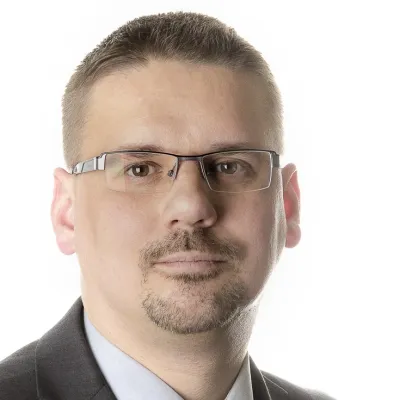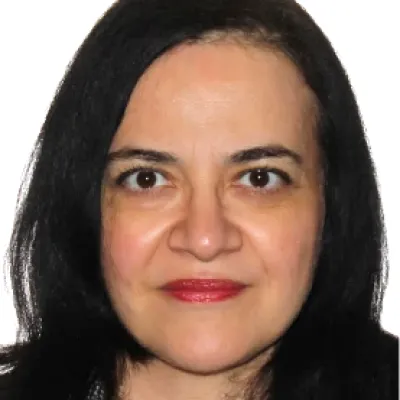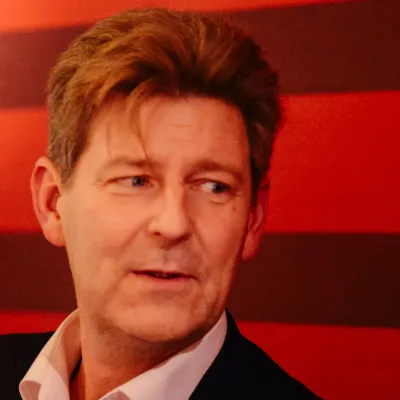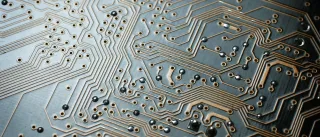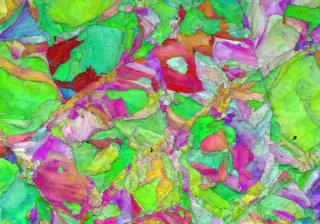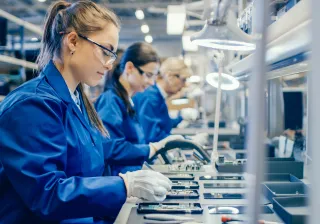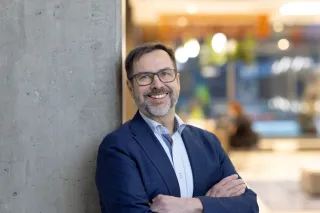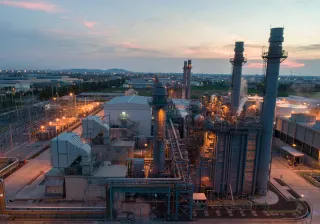Material design and new material development are crucial part of most circular solutions. Design of new materials enable longer service life of products and avoid using harmful, non-recyclable or rare materials. Intelligent material design can help to solve end-of-life problems for reuse or circulation. There is a huge reuse potential in materials that are already in the use-loop, but currently only small fraction of the material returns to new products. Difficulties in extraction, separation and recovery of valuable materials from mixed waste and composite products require new solutions for material design and material extraction methods. VTT is developing these material solutions using VTT ProperTune® modeling approach combined with the latest experimental methods. VTT ProperTune® is integrated computational materials engineering (ICME) concept developed during the last two decades.
One objective of circular material design is to maintain or improve the properties and performance of recycled material. This means rather to upcycle recovered material or to use it for similar purpose than original, and not to downcycle. Upcycling means that old material is given more value than original purpose. Material downcycling happens when it is not possible, economically viable or environmentally reasonable to restore materials to their original quality and material is used for secondary purpose or in application area accepting lesser quality.
For example, most of the demolished concrete in Finland is crushed and used for backfilling in the infrastructure construction and in building foundations, which is considered downcycling. Although the ageing concrete captures CO2 throughout its extended lifespan, the capture rate is very slow. With the optimization of crushing process, the CO2 capture rate can be improved and still maintain the best possible material performance for recycling. Moreover, improving crushing can even lead to solution how to separate fine elements from the aggregates, so the valuable binders could be reactivated and further reused for the original purpose. At VTT, we are developing both concrete crushing optimization and reactivation of cement binders using computational materials modeling.
Reuse of plastics is another example requiring new material solutions. Since 1950, the consumption of plastics has grown exponentially. Circular economy of plastics enables more economical and ecological way of continuing the use of plastics, as producing virgin plastics consumes more raw materials and energy than using recyclate. However, the impurities of collected material cause some problems in plastics recycling. In addition to mixed plastics types, impurities such as remaining’s of chemicals, food and drinks need to be considered in the process. At VTT, we are developing material solutions for mixed plastics e.g. by modeling the behavior of different types of polymers in new plastic materials. By building capabilities to predict the effect of mixing plastics in recyclates in different fractions, we can provide confidence for recyclers on the performance of the products despite the uncertainties associated with recycled raw materials.
In addition to developing the reuse and recycling methods for products and materials already in use, VTT is also developing novel material solutions designed for reuse from the beginning. Biobased and environmentally friendly solutions have an increasingly important role in Europe. Future foresights predicts that the markets for biocomposites will more than double in next 7 years. More demanding application areas require multi-objective design optimization to achieve large-scale industrial applications. In environments with human presence, biocomposites need to be non-toxic, fire resistant, and environmentally friendly. These materials can be exploited by industries like construction, automotive, electronics and consumer durables. At VTT, many promising results have been achieved with modeling approach, e.g. in relation to the water effects, scratch resistance and about acoustic properties of biocomposites. Within a multiscale modeling approach, the biocomposite material properties can be predicted and developed and the performance can be improved from the micro-fibril and molecular level to the component and product performance level. For instance, the use of a numerical technique such as the Finite Element Method (FEM) at the microscale (micro-FEM) offers a way to explore the information on the microstructural features of biocomposites, and to analyse their impact on the material properties at the macroscale. Recently, VTT has developed advanced microstructure reconstruction algorithms able to generate detailed microstructure geometries that are fed by parameters obtained from X-ray microtomography describing fibre length, shape and orientation distributions. With the knowledge of mechanical properties of the matrix and the fibres and adhesion characteristics between them, good predictions for the macroscopical properties of the composite are obtained.
VTT develops methods for reuse of materials retaining original material performance, develops new improved materials that enable extending the service life of products, and solutions for managing impurities in continuous circulations. VTT properTune® is VTT’s integrated computational materials engineering solution that help companies to solve wicked material problems and to achieve competitive advantage with superior material solutions. With multiscale modeling, we try to solve difficult material problems and make circular solutions possible and economically viable.
Read more in our blogs:
